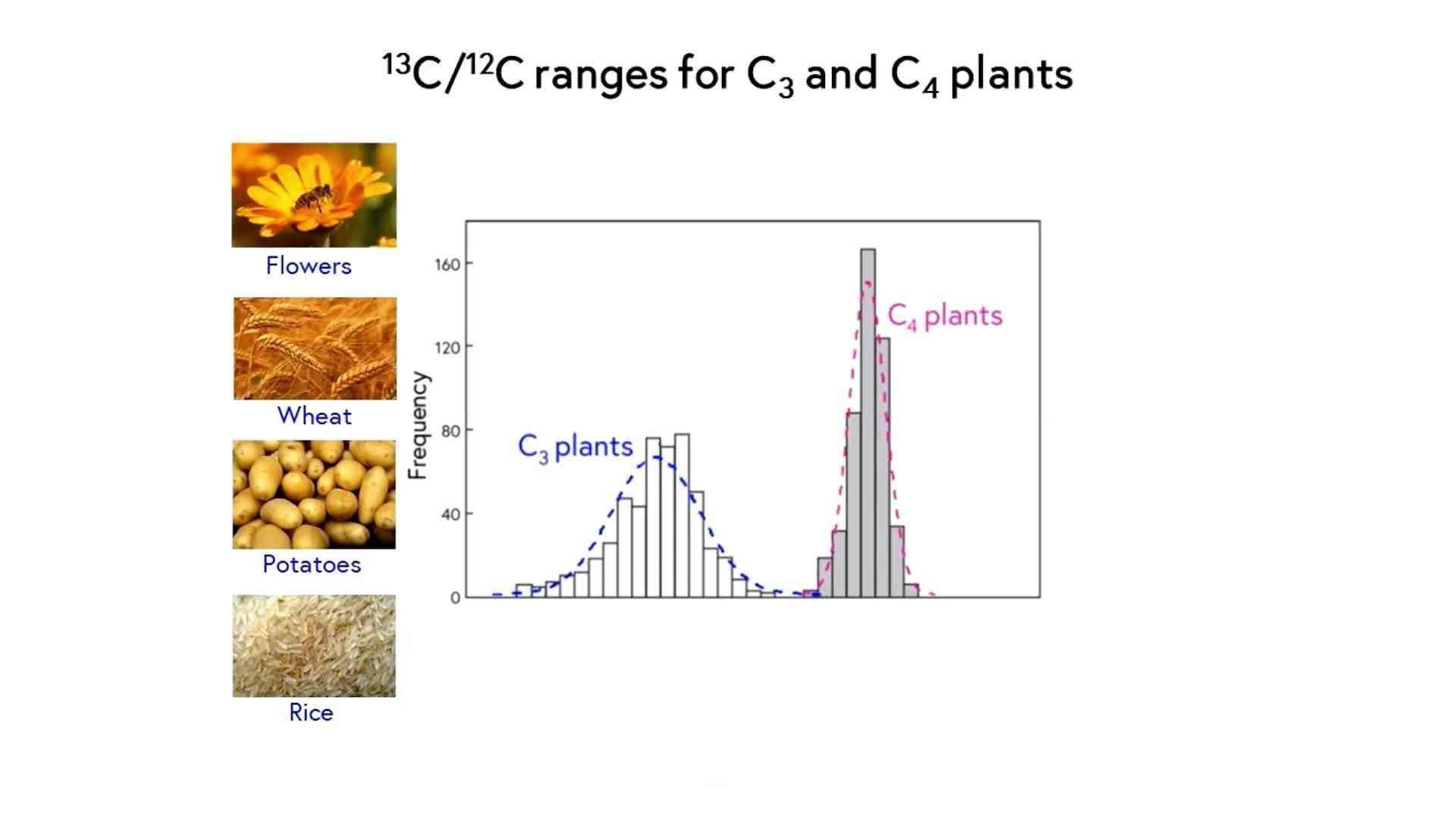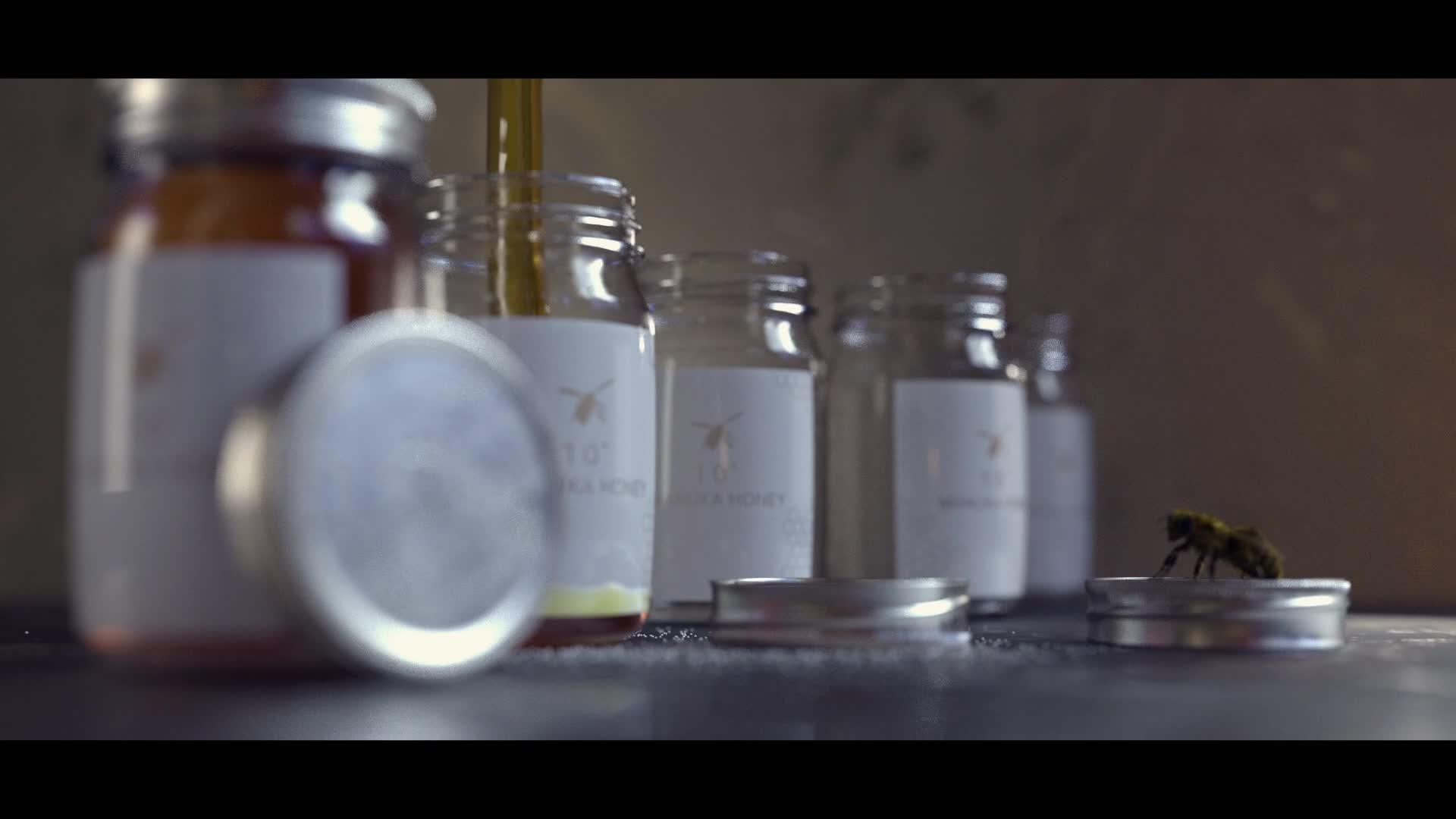Food Integrity Analysis – A Notebook of Peer Reviewed Articles
Learn from experts by viewing the database collection, which directs you to a broad spectrum of journal abstracts that can be easily accessed online on food and beverage authenticity, adulteration and more!













